Sending Ethereum

Table of Contents
Learn how to securely send ethereum
To start, you need to know the recepient's Ethereum address. Here's what a typical Ethereum address looks like:
0xab41b92c6d43f4b7a670b65479f5bb809646602e
An Ethereum address can also be displayed as a QR code or even as a human readable alias like vitalik.eth (if the recipient has set that up).
To send ETH, you indicate the address you want to send to and enter the amount you'd like to send.
Let's look at an example of sending ETH with the multichain Bitcoin.com Wallet app:
- From the app's home screen, tap the send button then select ETH.
- Enter the ETH address you wish to send to. You can paste the address from your clipboard in the space at the top, enter a human-readable address like vitalik.eth, select the "Scan a QR code" option, send to an address you've previously saved, or send to another of your own ETH wallets within the Bitcoin.com Wallet.
- The final step is to slide the bar to complete the send. Before sliding the bar, review your transaction to ensure all the details are as intended. Note: the fee for sending is also displayed on this screen, and you do have the option to customize your fees.
Having slid the bar to complete your send, you'll be presented with a summary of your transaction. You'll see the amount sent (displayed in both local currency terms and ETH terms) and the address sent to. You'll also see the status of the transaction (pending or confirmed). Tapping on the 'transaction hash' will take you to etherscan.io, where you can see the complete details of your transaction.
Check the "Save Address" button to save this address to your address list. Tap "Share" to send a report of this transaction wherever you want (for example, to the receiver). Finally, you have the option to add a personal note to this transaction. This can act as a reminder to yourself. For example, "The money I owed to Lisa for dinner".
Read more: Learn how to receive ETH securely.
What’s the Ethereum network fee?
Transactions on Ethereum incur fees that are paid to the network in ETH. This means that you must have a balance of ETH in your wallet in order to execute any type of transaction on the Ethereum network. Many cryptocurrency wallets (including the Bitcoin.com Wallet app) allow you to customize the network fees you pay when you send cryptocurrency. By customizing the fee, you can influence how fast your transaction is confirmed on the blockchain.
How are Ethereum fees determined?
As of EIP-1559 there is a base fee and a priority fee. The base fee is burned (destroyed), while the priority fee, or tip, is paid to network validators. Both of these fees are influenced by market forces, meaning the cost goes up when the network is congested. The total cost for a transaction also depends on its complexity. Transactions that require more data to execute will have a higher base fee.
In Ethereum, transactions are measured in 'gas.' Gas is paid in ether (ETH), Ethereum’s native currency. However, the price is denoted in gwei, which is equal to 0.000000001 ETH, because it is easier to say a transaction costs 5 gwei than 0.000000005 ETH.
Why are some Ethereum transactions more expensive than others?
As stated in the above answer, blockchain transactions are in part determined by the amount of data in the transaction. The more data necessary to complete a transaction, the greater this part of the cost will be. For example, on the Ethereum network, transferring a token from one address to another is a much simpler, and therefore smaller, transaction than minting an NFT.
How do I set the network fee in my Ethereum wallet?
This, again, depends on the wallet. In fact, many wallets (especially centralized cryptocurrency exchanges) don't give you any control over the network fee whatsoever. Instead, they have a predetermined fee (which is almost always set higher than the actual fees the exchange will pay). In other words, the exchange profits when their customers withdraw cryptocurrency. This is a common revenue-generation strategy for centralized cryptocurrency exchanges.
Most self-custodial wallets, however, allow you to customize the fee you pay for your Ethereum transactions. The Bitcoin.com Wallet app, for example, has three convenient fee settings for Ethereum, as well as the option to set custom fees.
Here’s how to customize the transaction fee for Ethereum and Ethereum Virtual Machine (EVM) chains including Avalanche and Polygon in the Bitcoin.com Wallet app:
If you’re setting custom fees, which is only recommended for advanced users, you’ll want to use a tool like Etherscan’s Gas Tracker to ensure you’re choosing an appropriate fee given the current state of network congestion.
Related guides
Start from here →

What is Ethereum?
Understand Ethereum's key characteristics.
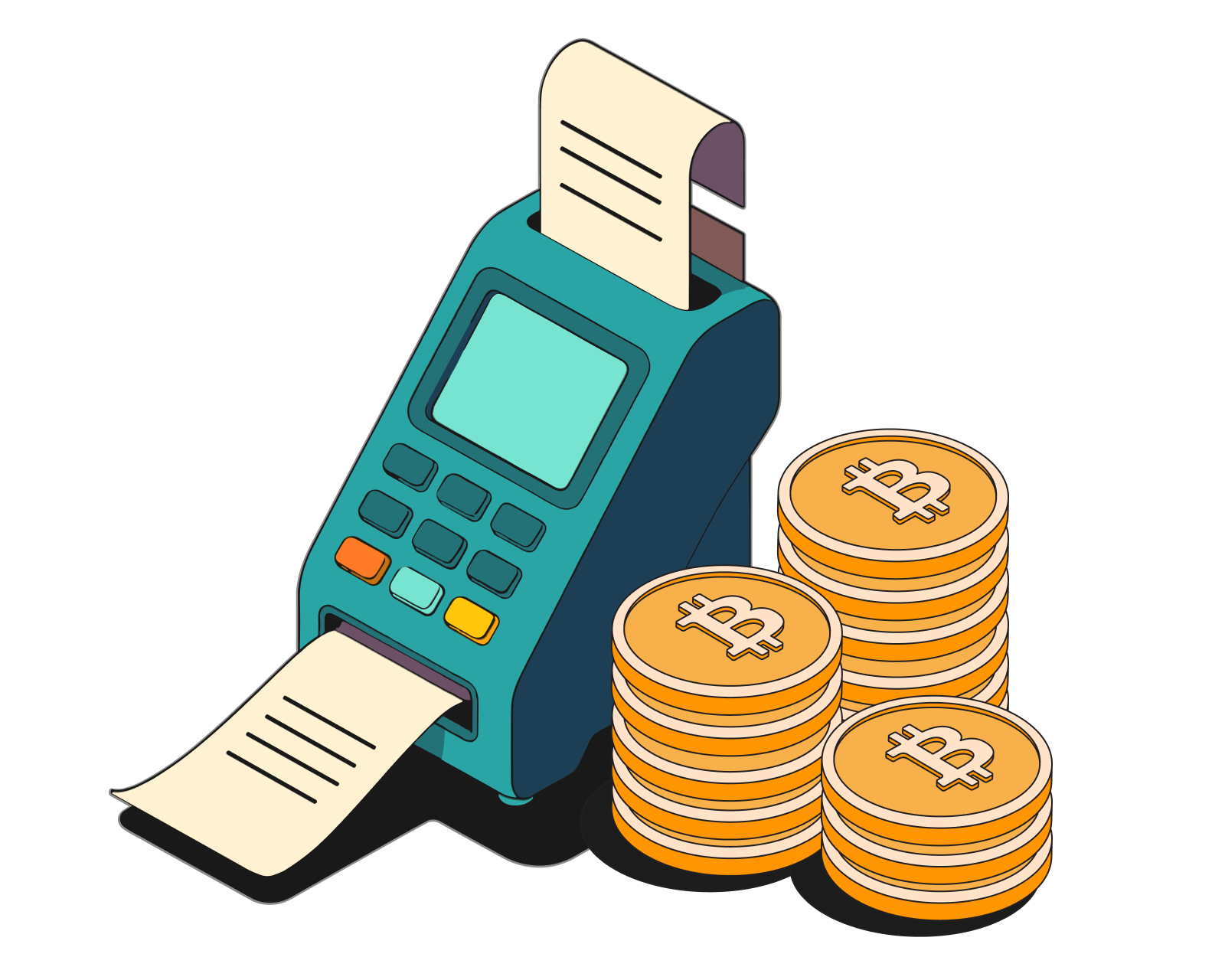

How do I buy crypto?
Learn how to get your first crypto in minutes.
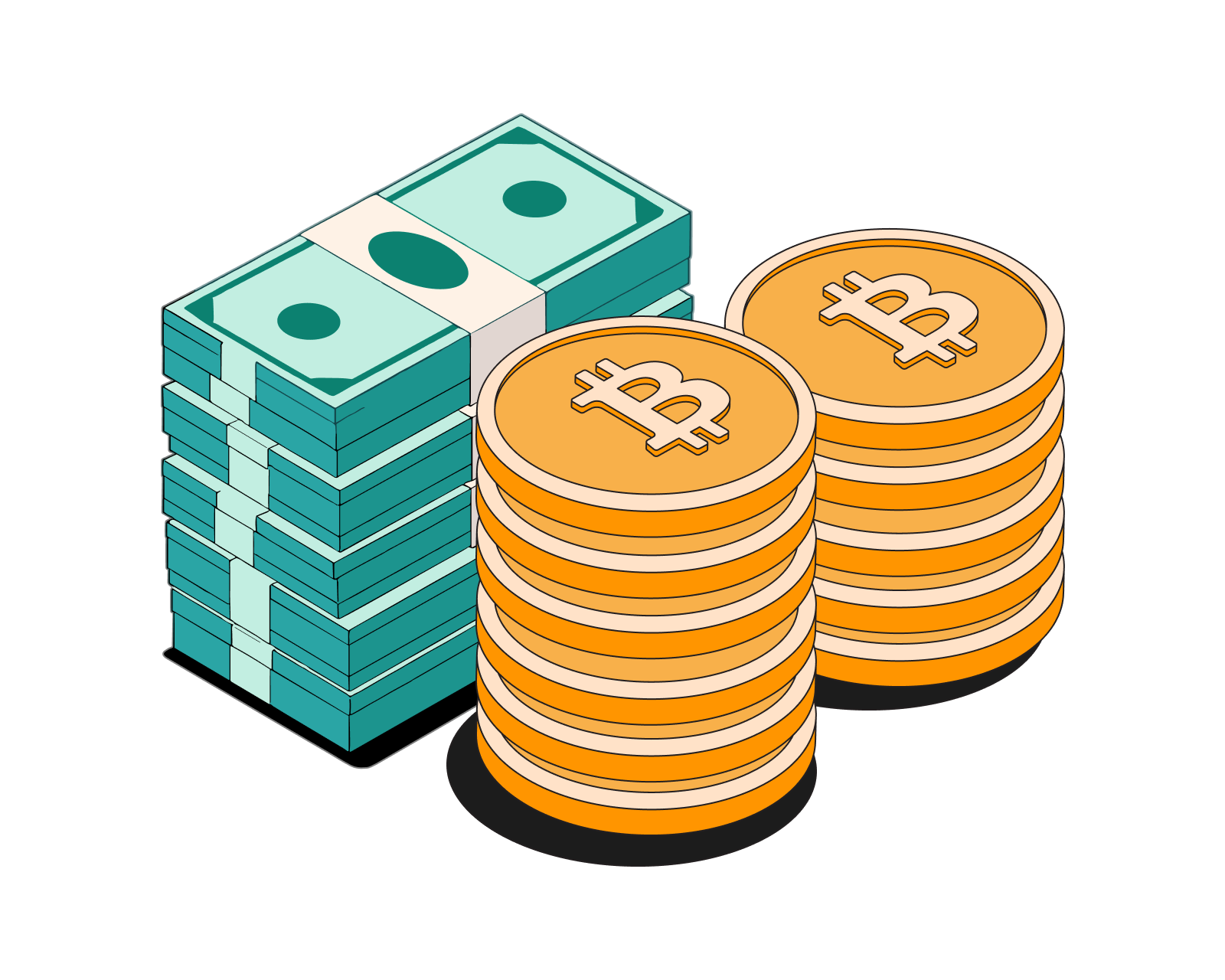

How do I sell crypto?
Learn how to sell crypto into local currency safely.
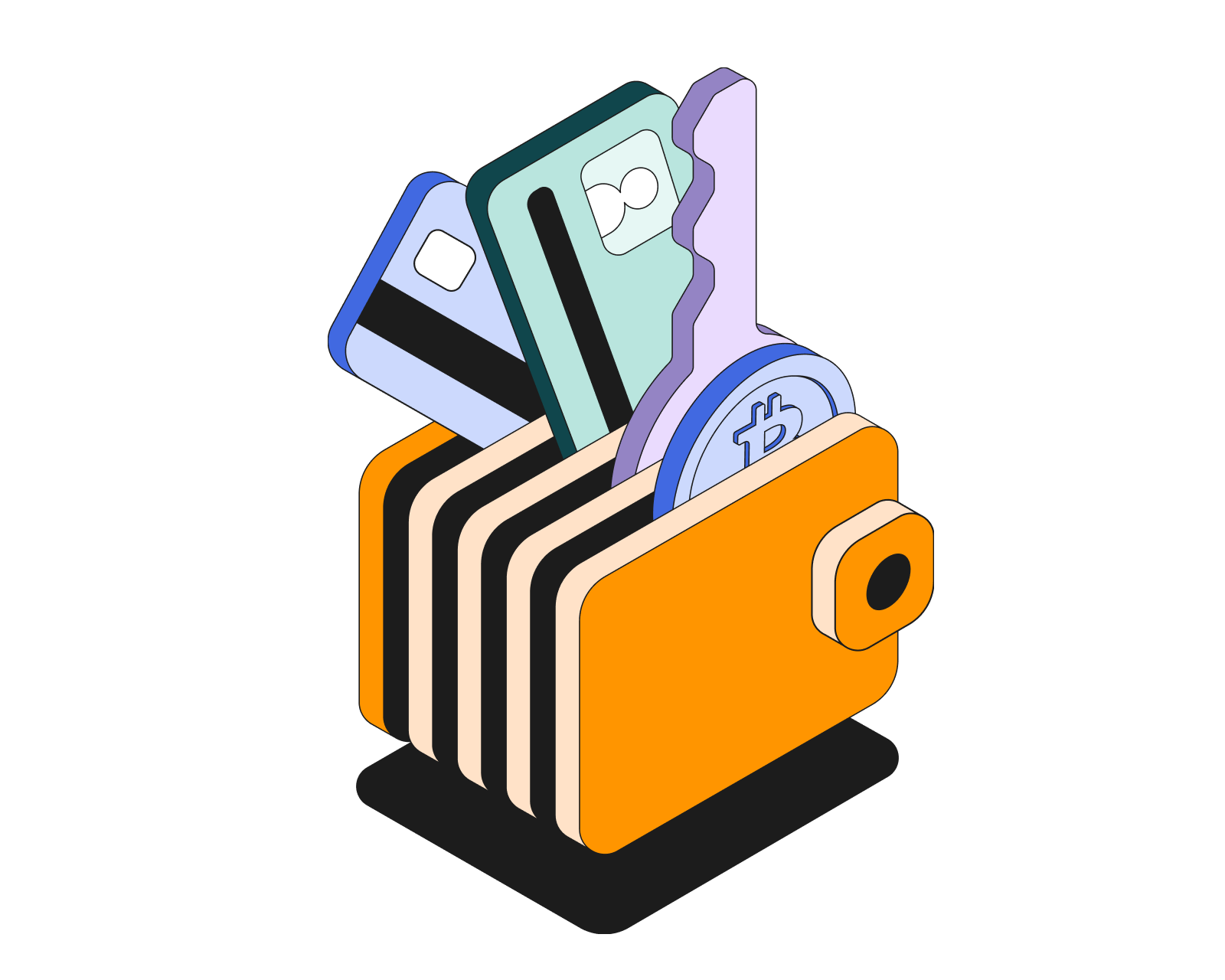
How do I create a crypto wallet?
Learn how to quickly and easily create a crypto wallet. Understand the different wallet types and their respective pros & cons.
Read this article →
How do I create a crypto wallet?
Learn how to quickly and easily create a crypto wallet. Understand the different wallet types and their respective pros & cons.
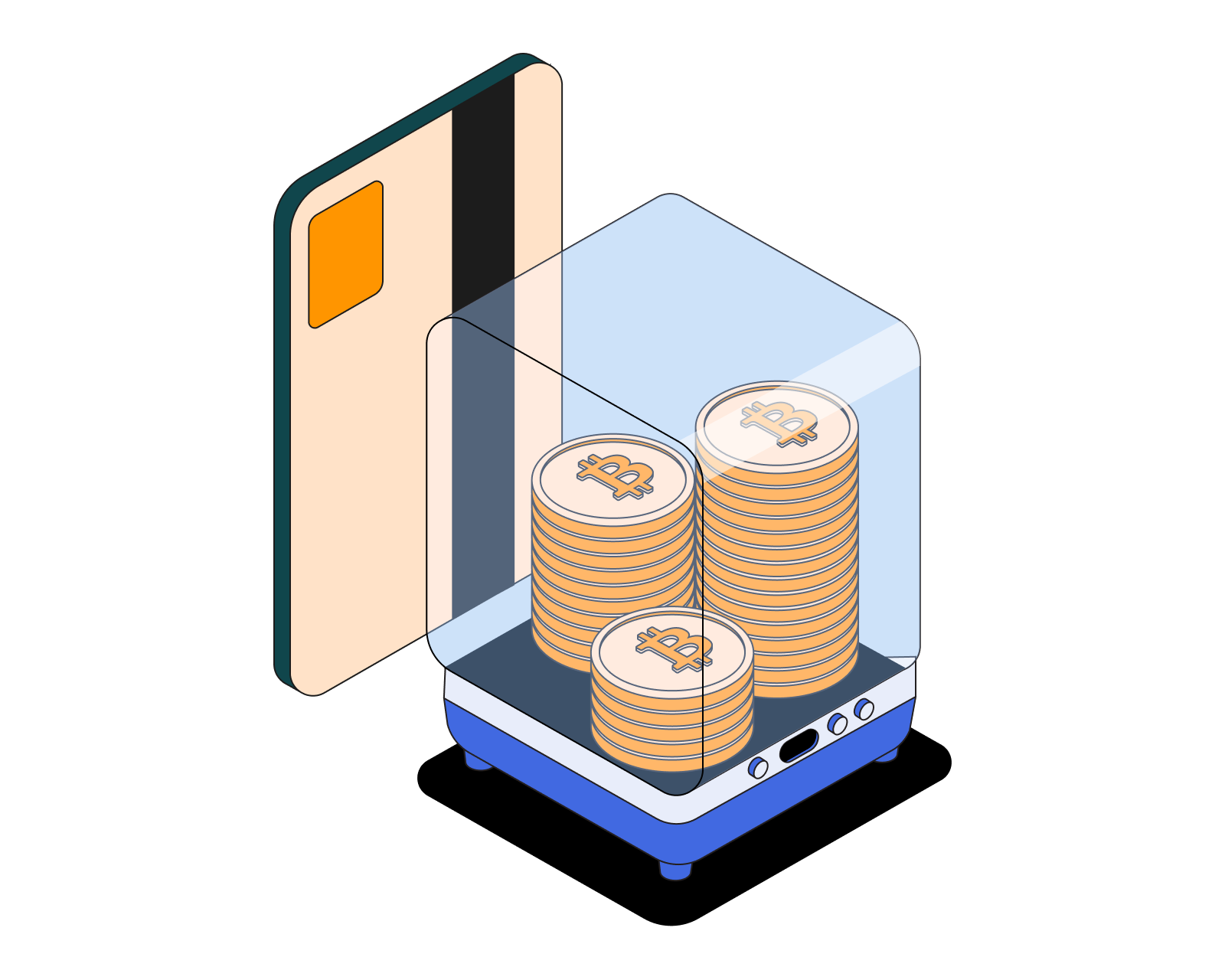
What are crypto debit cards?
Crypto debit cards make it possible to spend crypto anywhere credit cards are accepted.
Read this article →
What are crypto debit cards?
Crypto debit cards make it possible to spend crypto anywhere credit cards are accepted.
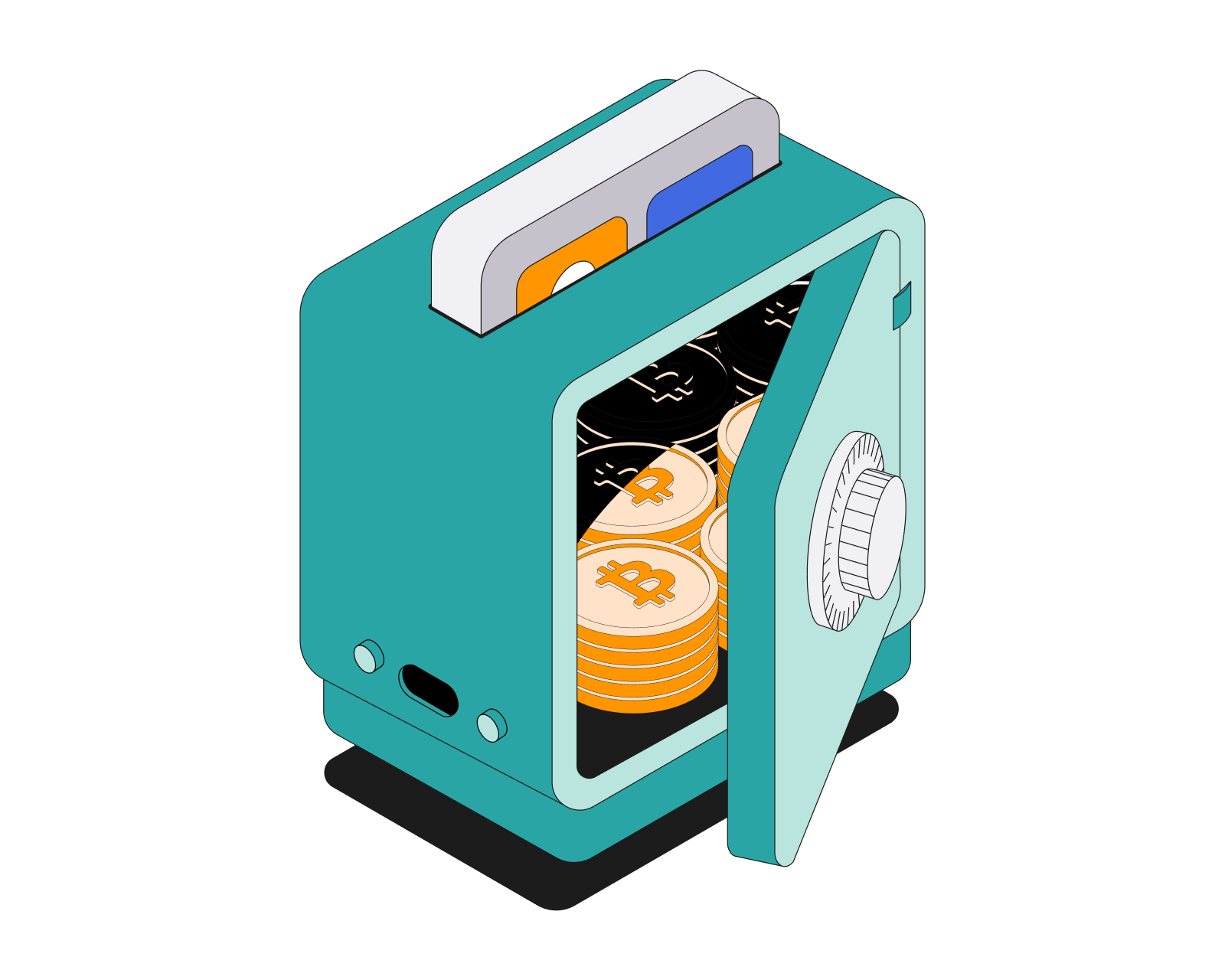
How do I keep my cryptoassets safe?
Make sure your cryptoassets are safe with these simple tips.
Read this article →
How do I keep my cryptoassets safe?
Make sure your cryptoassets are safe with these simple tips.

What is DeFi?
Learn what makes decentralized finance (DeFi) apps work and how they compare to traditional financial products.
Read this article →
What is DeFi?
Learn what makes decentralized finance (DeFi) apps work and how they compare to traditional financial products.
STAY AHEAD IN CRYPTO
Stay ahead in crypto with our weekly newsletter delivering the insights that matter most
Weekly crypto news, curated for you
Actionable insights and educational tips
Updates on products fueling economic freedom
No spam. Unsubscribe anytime.



Start investing safely with the Bitcoin.com Wallet
Over wallets created so far
Everything you need to buy, sell, trade, and invest your Bitcoin and cryptocurrency securely

© 2025 Saint Bitts LLC Bitcoin.com. All rights reserved


